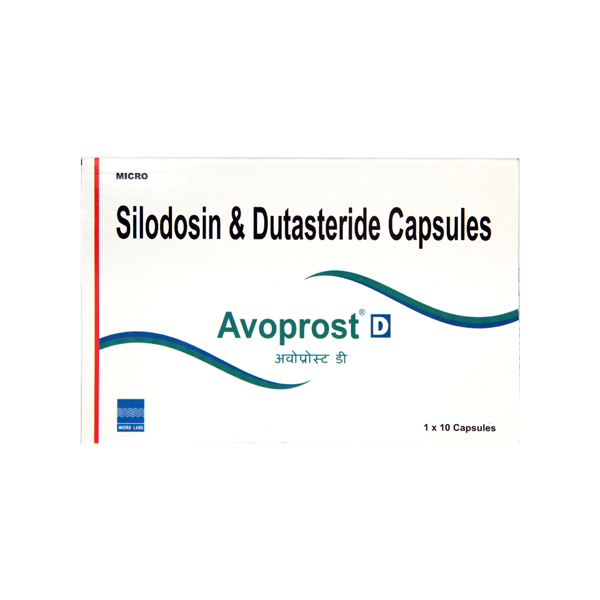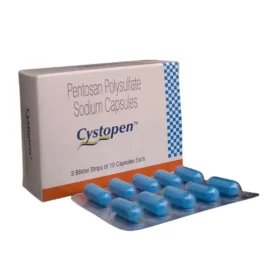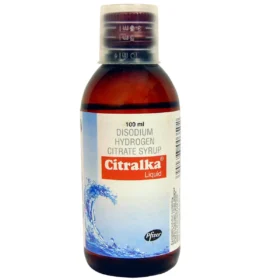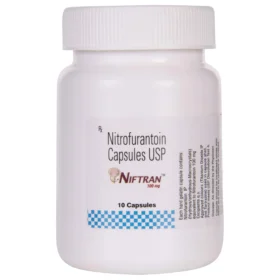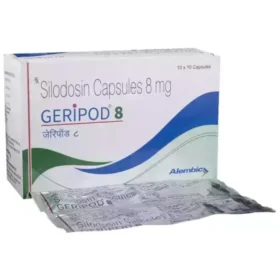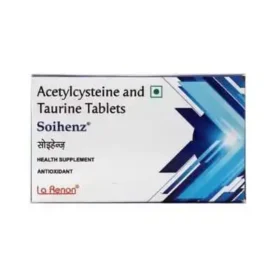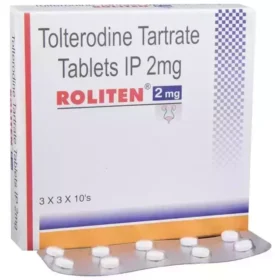- Your cart is empty
- Continue Shopping
Product
Avoprost D Capsule (Silodosin/Dutasteride)
Price range: $51.00 through $200.00
Avoprost D 8mg/0.5mg Capsule is a trusted treatment for benign prostatic hyperplasia (BPH) in men. It combines Silodosin and Dutasteride to relieve urinary symptoms, shrink the prostate gland, and improve overall quality of life. Taken once daily with food, it provides both immediate symptom relief and long-term benefits. Common side effects include dizziness, decreased libido, and breast tenderness in men. Not for use in women or children. For safe use and more details, visit reliable medical sources like Mayo Clinic and Healthline.
Avoprost D 8mg/0.5mg Capsule is a prescription medicine used in the treatment of benign prostatic hyperplasia (BPH) in men. It contains Silodosin (8mg) and Dutasteride (0.5mg), which work together to shrink the prostate gland, relax bladder muscles, and improve urine flow. It is not used to prevent prostate cancer. Learn more about prostate health from trusted sources like Mayo Clinic, Drugs.com, and WebMD.
Key Benefits & Uses
-
Relieves symptoms of enlarged prostate such as frequent urination, weak urine stream, and difficulty starting urination.
-
Helps shrink the prostate gland by lowering hormone levels that cause it to grow.
-
Prevents complications such as complete blockage of urine flow.
-
Improves quality of life in men with BPH.
For more details, visit FDA and Healthline.
How to Use
-
Take Avoprost D Capsule once daily at the same time with food.
-
Swallow whole with water; do not chew or crush.
-
Continue regular use even if symptoms improve.
-
Full benefits may take 4 weeks to 6 months.
Guidelines on medicine use can also be found on MedlinePlus and WHO.
Important Safety Information
-
Not for use in women or children.
-
Avoid if you have severe liver or kidney problems.
-
Inform your doctor about all other medications.
-
May lower blood pressure; use caution if drinking alcohol.
-
Men should use condoms during sex, as the drug may pass into semen.
Read research-backed data on PubMed.
Common Side Effects
Most side effects are mild and improve over time. Commonly reported are:
-
Dizziness or headache
-
Ejaculation disorder
-
Impotence and decreased libido
-
Breast enlargement/tenderness in men
-
Orthostatic hypotension (sudden BP drop)
-
Nausea, abdominal pain, or diarrhea
-
Throat and nasal inflammation
If side effects persist, consult your doctor. More info: Drugs.com.
Why Choose Avoprost D Capsule?
-
Clinically proven combination of Silodosin and Dutasteride.
-
Provides both rapid relief of urinary symptoms and long-term prostate shrinkage.
-
Recommended by healthcare professionals worldwide.
-
Backed by medical literature and trusted organizations like WHO.
Additional Information
| Size | 30 Capsules, 60 capsules, 90 capsules |
|---|




